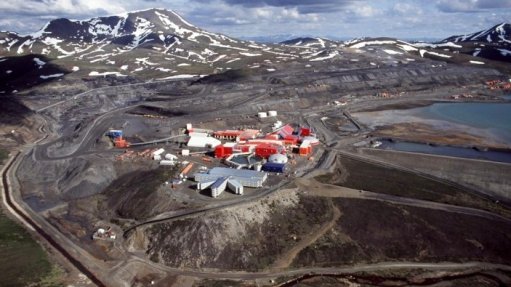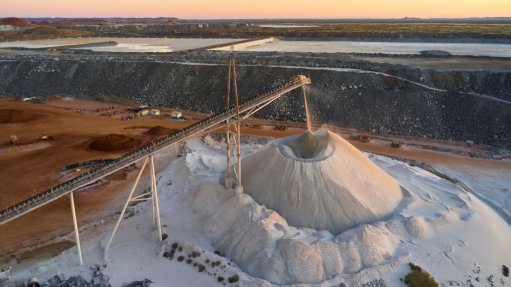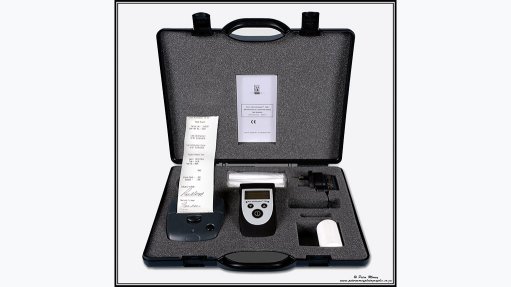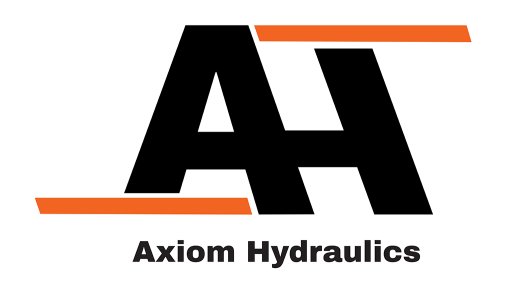How South Africa can grow participation in key battery manganese supply chain

Manganese Metal Company chairperson Bernard Swanepoel covered by Mining Weekly. Video: Darlene Creamer.
JOHANNESBURG (miningweekly.com) – How South Africa can grow its participation in the global battery supply chain was spelt out this week at the Mintek@90 event to mark nine decades of mineral and metallurgical research, development and technology transfer by South Africa’s Council for Mineral Technology, which derives its mandate from the Minerals Technology Act.
Telling it as it is in practical, proven and put-your-money-where-your-mouth-is detail was mining luminary Bernard Swanepoel, who addressed the audience in his capacity as chairperson of Manganese Metal Company (MMC) of Mpumalanga, where a self-funded R150-million project execution of the initial smaller manganese metal-to-sulphate plant began in September, with orders already placed for the long-lead crystalliser plant.
But to put South Africa where it needs to be, MMC’s initial super-fast entry must be followed by a far larger plant – and that will require institutional funding, Swanepoel emphasised at the event covered by Mining Weekly. (Also watch attached Creamer Media video.)
Target markets of this initial moderately sized plant, with a capacity to convert 2 000 t of MMC’s pure manganese metal into 6 000 t of high-purity manganese sulphate monohydrate with the help of renewable energy, are Europe and North America, mainly because MMC is already in Asia.
The plant will be commissioned in the first quarter of 2026, when the clock will start ticking on accreditation to open the way for shipments of ongoing sales from the start of 2027.
This comes amid manganese bringing many benefits to nickel-cobalt-manganese battery cell makers, through reducing nickel content and increasing manganese content, which enables the cell to be operated at a higher voltage and battery electric vehicles to be more price competitive.
Expertise remains the key barrier to entry in the supply of refined high-purity material, other than at the handful of incumbents, being South Africa’s MMC, Vibrantz Technologies of Belgium and Nippon Denko of Japan.
Other projects, such as Element 25 and South32’s Hermosa project, both recipients of US Department of Energy grants, still have a long timeline ahead of them as large, standalone facilities born out of greenfield projects requiring new permits.
One of the benefits of adding brownfield capacity, such as MMC and Vibrantz are doing, is that capacity can be added in step with market demand.
Unmatched is MMC’s years of being the world's premium pure manganese producer.
“I've only been involved since 2010 so my contribution is but the last chapter of MMC,” Swanepoel said as he proceeded to outline what is a spectacular South African example of value creation through beneficiation.
He made three key points to the audience. The first is that the purity requirement for battery-grade manganese is sky high.
The second is that capital allocation will be required to make battery-grade manganese so abundantly available that the OEM producers can build their future technologies under the assumption, and the guarantee, that it will be available.
The third is that the strategic advantage for South Africa, which has already scaled the high technical hurdle, is colossal.
No new mines are needed for battery growth, manganese ore fines are an ideal source of feed and the refining of ore into high-purity manganese compounds will be the only viable projects.
What is stunning is that South Africa has all the required ingredients and MMC, as a one-of-a-kind refiner of high purity manganese, is ready to grow massively.
Required is institutional developmental support from Mintek, the Industrial Development Corporation (IDC), universities – the University of Limpopo is already making a significant contribution, affordable renewable electricity, and collaboration with the battery value chain – the Coega Industrial Development Zone, the Northern Cape, and other ingredients also made in South Africa.
“We do need institutional development support. This business was funded 50 years ago by the IDC. The next phase of taking on China and the world from a small, private-owned business will never happen unless we get the IDC support.
“We cannot pretend to do this without institutional support. The University of Limpopo is doing fantastic work in collaborating with us. There are lots of pockets of excellence, and then obviously we also must collaborate with the battery value chain.”
While an increasing number of manganese mining companies are speaking about it at ever-rising decibel levels, nobody in the world, outside China and South Africa through MMC, is achieving that – and nobody at all, in fact, not even China, is able to achieve MMC’s 99.9% unrivalled purity level.
“We should co-locate our future mega plant somewhere in Coega with the nickel producers. It's not my core, but to me there's a logic to that. We should probably move some of these businesses back to the Northern Cape and go and make it where the mines are,” Swanepoel advocated.
Manganese brings strength and is relatively cheap when compared with some of the other minerals that go into batteries.
But as much as there is an abundant supply of manganese ore as such, there is absolutely limited capacity to make pure manganese metal, which MMC has been doing for half a century. Outside of China, it is only MMC, which is described by South Africa’s Trade & Industrial Policy Strategies organisation as “a South African industrial jewel that could be much bigger than what it is today".
MMC makes money at $2 500/t for the high-purity manganese sulphate monohydrate it produces, whereas feasibility studies of the other new, non-Chinese suppliers, or future hopefuls, calculate price viability levels at a far higher $3 500/t to $5 000/t.
Article Enquiry
Email Article
Save Article
Feedback
To advertise email advertising@creamermedia.co.za or click here
Announcements
What's On
Subscribe to improve your user experience...
Option 1 (equivalent of R125 a month):
Receive a weekly copy of Creamer Media's Engineering News & Mining Weekly magazine
(print copy for those in South Africa and e-magazine for those outside of South Africa)
Receive daily email newsletters
Access to full search results
Access archive of magazine back copies
Access to Projects in Progress
Access to ONE Research Report of your choice in PDF format
Option 2 (equivalent of R375 a month):
All benefits from Option 1
PLUS
Access to Creamer Media's Research Channel Africa for ALL Research Reports, in PDF format, on various industrial and mining sectors
including Electricity; Water; Energy Transition; Hydrogen; Roads, Rail and Ports; Coal; Gold; Platinum; Battery Metals; etc.
Already a subscriber?
Forgotten your password?
Receive weekly copy of Creamer Media's Engineering News & Mining Weekly magazine (print copy for those in South Africa and e-magazine for those outside of South Africa)
➕
Recieve daily email newsletters
➕
Access to full search results
➕
Access archive of magazine back copies
➕
Access to Projects in Progress
➕
Access to ONE Research Report of your choice in PDF format
RESEARCH CHANNEL AFRICA
R4500 (equivalent of R375 a month)
SUBSCRIBEAll benefits from Option 1
➕
Access to Creamer Media's Research Channel Africa for ALL Research Reports on various industrial and mining sectors, in PDF format, including on:
Electricity
➕
Water
➕
Energy Transition
➕
Hydrogen
➕
Roads, Rail and Ports
➕
Coal
➕
Gold
➕
Platinum
➕
Battery Metals
➕
etc.
Receive all benefits from Option 1 or Option 2 delivered to numerous people at your company
➕
Multiple User names and Passwords for simultaneous log-ins
➕
Intranet integration access to all in your organisation



















